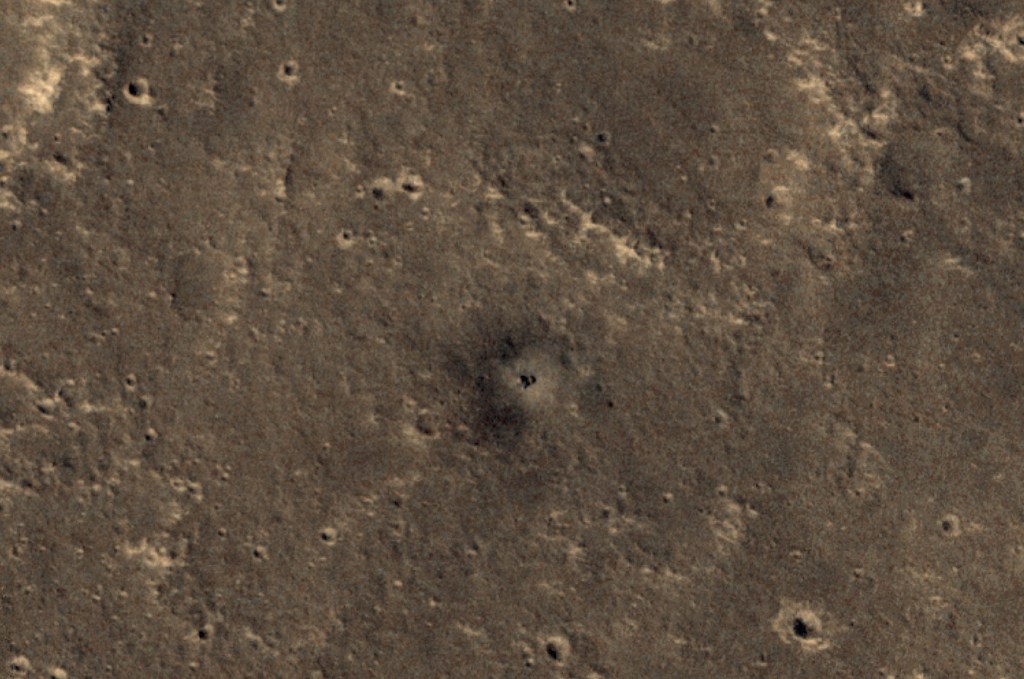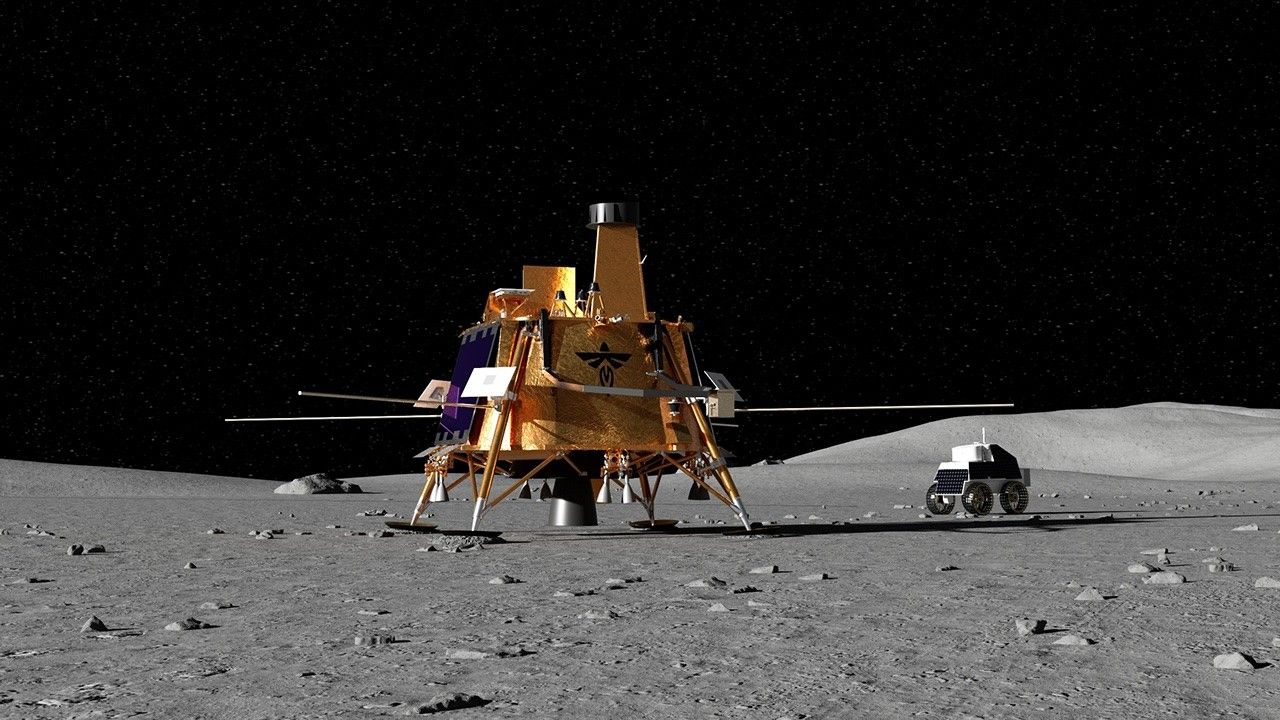This article is for students grades 5-8.
An eclipse occurs when one heavenly body such as a moon or planet moves into the shadow of another heavenly body. Let’s learn about the two types of eclipses on Earth.
What is a Lunar Eclipse?
The Moon moves in an orbit around Earth. At the same time, Earth orbits the Sun. Sometimes Earth moves between the Sun and the Moon. When this happens, Earth blocks the sunlight that normally is reflected by the Moon. (This sunlight is what causes the Moon to shine.) Instead of light hitting the Moon’s surface, Earth’s shadow falls on the Moon. This is an eclipse of the Moon, or a lunar eclipse. A lunar eclipse can occur only when the Moon is full.
A lunar eclipse can be seen from Earth at night. There are two types of lunar eclipses:
- Total lunar eclipse.
- Partial lunar eclipse.
A total lunar eclipse occurs when the Moon and the Sun are on exact opposite sides of Earth. Although the Moon is in Earth’s shadow, some sunlight reaches the Moon. The sunlight passes through Earth’s atmosphere, which filters out most of the blue light. This makes the Moon appear red to people on Earth.
A partial lunar eclipse happens when part of the Moon enters Earth’s shadow. In a partial eclipse, Earth’s shadow appears very dark on the side of the Moon facing Earth. What people see from Earth during a partial lunar eclipse depends on how the Sun, Earth and Moon align.
A lunar eclipse usually lasts for a few hours. At least two partial lunar eclipses happen every year, but total lunar eclipses are rare. It is safe to look at a lunar eclipse.
What is a Solar Eclipse?
Sometimes when the Moon orbits Earth, the Moon moves between the Sun and Earth. When this happens, the Moon blocks the light of the Sun from reaching Earth. This causes an eclipse of the Sun, or a solar eclipse. During a solar eclipse, the Moon casts a shadow onto Earth.
There are three main types of solar eclipses:
- Total solar eclipse: A total solar eclipse is visible from a small area on Earth. The people who see the total eclipse are in the center of the Moon’s shadow when it hits Earth. The sky becomes very dark, as if it were night. For a total eclipse to occur, the Sun, Moon and Earth must be in a direct line.
- Partial solar eclipse: This happens when the Sun, Moon and Earth are not exactly aligned. The Sun appears to have a dark shadow on a small part of its surface.
- Annular (an-yə-lər) solar eclipse: An annular eclipse happens when the Moon is farthest from Earth. Because the Moon is farther away, it seems smaller. It does not block the entire view of the Sun. The Moon in front of the Sun looks like a dark disk on top of a larger Sun-colored disk. This creates what looks like a ring around the Moon.
During a solar eclipse, the Moon casts two shadows on Earth.
- The umbra (əm-brə): This shadow gets smaller as it reaches Earth. It is the dark center of the Moon’s shadow. People standing in the umbra will see a total eclipse.
- The penumbra (pə-ˈnəm-brə): The penumbra gets larger as it reaches Earth. People standing in the penumbra will see a partial eclipse.
Solar eclipses happen every 18 months somewhere on Earth. Unlike lunar eclipses, solar eclipses last only a few minutes.
Never look directly at the Sun: Doing so can permanently damage your eyes! You must use proper safety equipment to look at any type of solar eclipse.
Why Does NASA Study Eclipses?
Hundreds of years ago, when people observed the Moon during an eclipse, they saw Earth’s shadow on the Moon and discovered that the Earth is round. Even after all these years, scientists are still learning about the Moon from lunar eclipses. In December 2011, NASA’s Lunar Reconnaissance Orbiter gathered data about how quickly the Moon’s day side (the side that always faces Earth) cools during a lunar eclipse. NASA can learn what the Moon’s surface is made of from this data. If an area of the Moon’s surface is flat, it will cool quickly. Scientists use this data to know which areas of the Moon are rough with boulders and which are flat.
Scientists use solar eclipses as an opportunity to study the Sun’s corona. The corona is the Sun’s top layer. During an annular eclipse, NASA uses ground and space instruments to view the corona when the Moon blocks the Sun’s glare.
Remember, never look directly at the Sun: Doing so can permanently damage your eyes!
More about Eclipses
Lunar Eclipses and Solar Eclipses @ NASA Space Place
How Does a Lunar Eclipse Work? Video
What Is an Orbit? Grades 5-8































